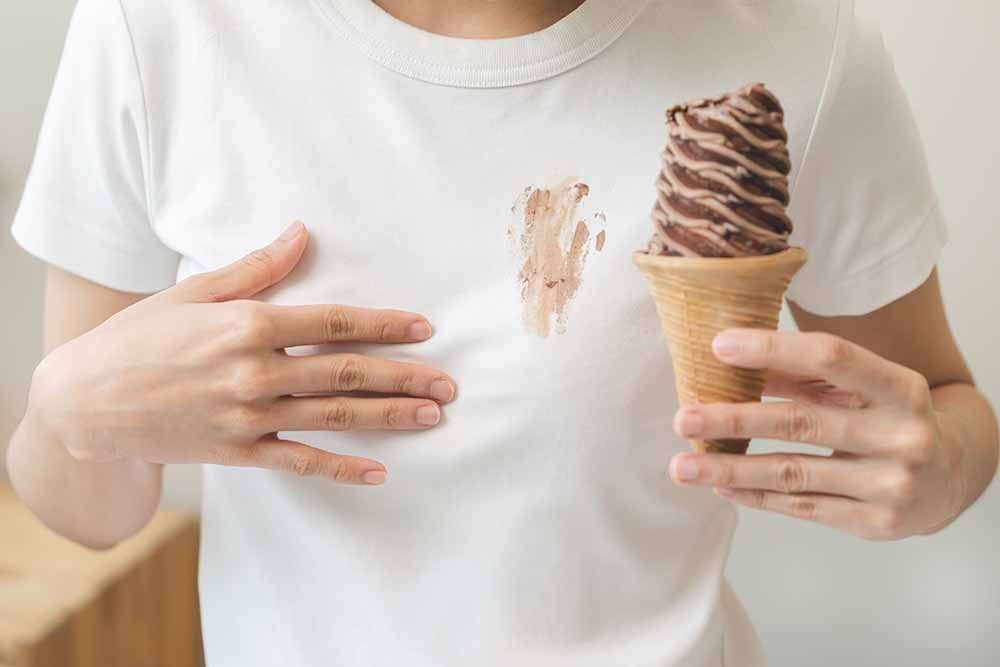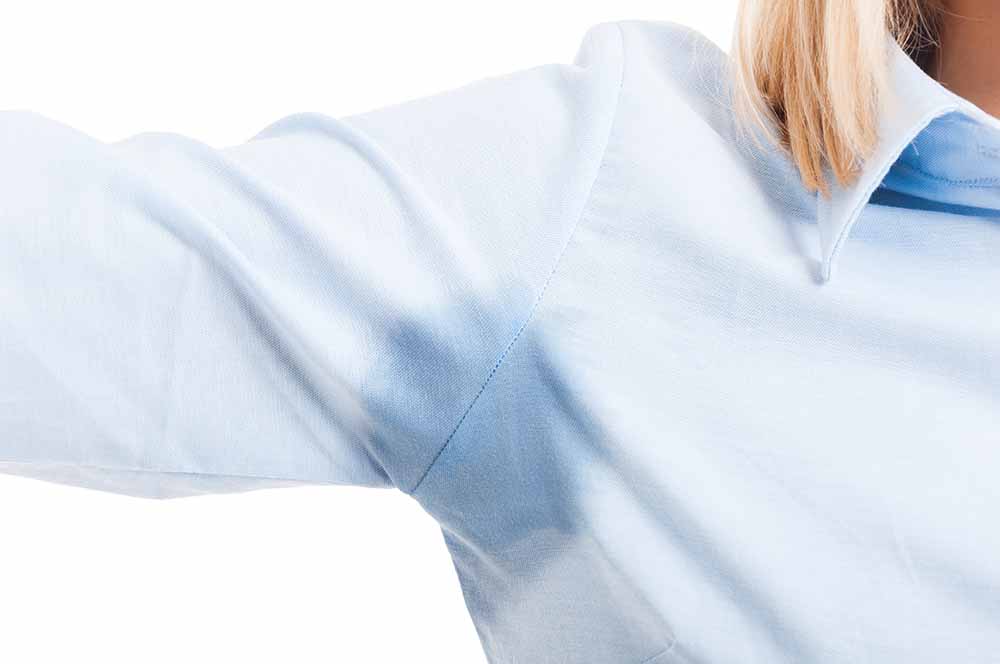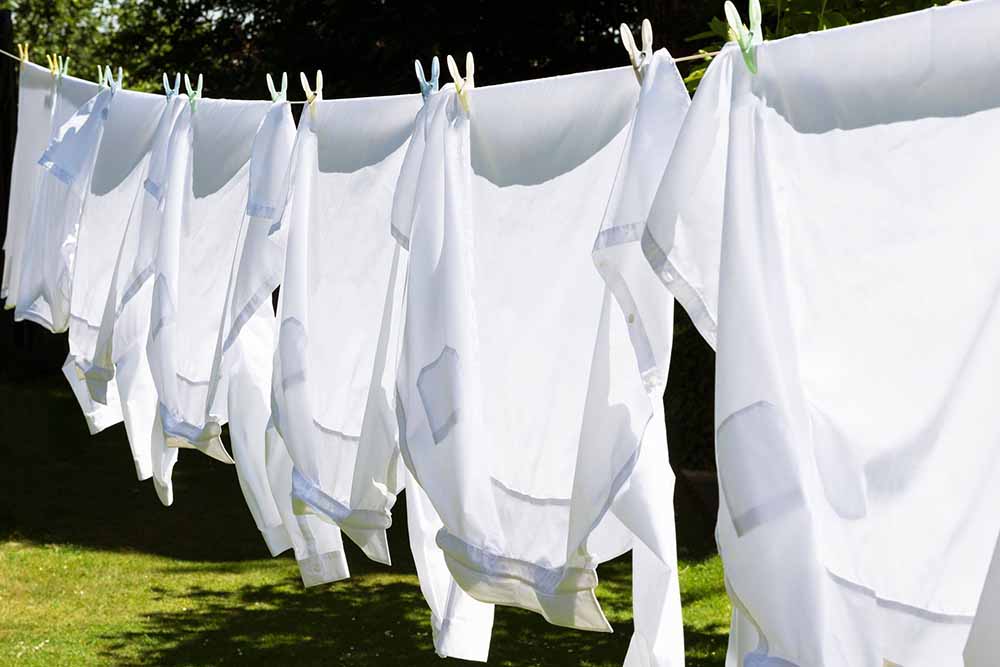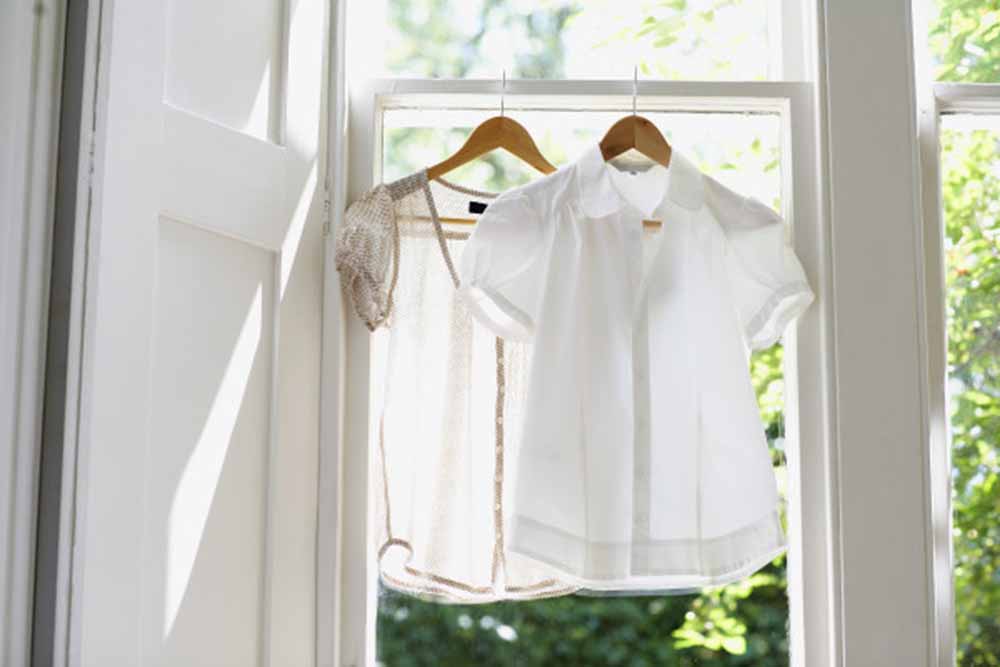It’s the season to ferret out the whites from your wardrobe to beat the warm, humid months ahead. And while this colour is ideal for the season, it can also be challenging. Each time you wear it, chances are high that you’ll be besmirching a white garment with accidental lipstick smears, food stains, beverage spillage (especially if you’re a messy person like me) or grimy commutes.’

Of course, we’re not expecting all our white garments to belong in an advertisement for Tide or Nirma! But that doesn’t mean it’s impossible to maintain a spotless white wardrobe; after all, Simi Garewal has been doing it effortlessly for years. The key is to put in a little extra effort towards mindful shopping and prompt stain removal. Here are some inevitable scenarios that can occur with your whites - and pointers on how to care for them.

Mission ‘Stain’ Impossible
It is impossible to dodge stains, no matter how careful you are with your white garment. To protect it from maximum damage, the crucial thing is to swiftly take care of the stains as they occur. If you’re outdoors then just sponge and dab it with cold water as soon as you can. If you’re at home, quickly soak it in cold water, either using a liquid laundry detergent, a paste made of detergent and water, or a prewash stain remover as a pretreatment before finally putting it in the washing machine. If it is safe for the fabric, launder with chlorine bleach or colour-safe bleach. In the case of non-washables, use an eyedropper to apply diluted white vinegar to the stain and clean it under cold water.

Sweat Gospels
It's time to dispel a myth: yellow stains are not caused by sweat. Sweat is a colourless liquid that enters your body through your pores, draws out impurities, and, when it evaporates, helps you stay cool. It's a natural and essential process. Each of us perspires extra when we exercise, are in extremely hot or cold environments, eat specific meals, or are emotionally or sexually aroused.

This is all great to control your personal microclimate, but not so good for white shirts. Urea, a nitrogenous substance found in sweat, reacts chemically with the aluminium in your deodorant or antiperspirant. Yellow sweat stains are then caused by the breakdown of perspiration's lipids and proteins by bacteria and fungi that are typically found on your skin, in addition to the chemical reaction between urea and aluminium. So, your sweat is not to be blamed - just the several products that are used to combat the sweating and body odour!
The more deodorant/antiperspirant you slap on, the bigger and darker the yellow stain. Furthermore, it seems nearly impossible to remove a stain without causing harm to your clothing after it has formed. Here’s a long-term solution— make use of organic, aluminium-free deodorants and antiperspirants.
Instead of obstructing your pores like traditional aluminium-based products do, these aid in eliminating odour-causing germs that are naturally present on your skin. They do not contain aluminium components that react chemically to give those yellow stains.

White Wash
White garments need to be laundered more often than coloured clothing. Washing them often keeps the invisible dirt (sweat, oil from the skin, dirt from the atmosphere) at bay and from ruining your favourite piece of clothing. It may seem like a chore, but washing whites separately will only help you in extending the life and brightness of your garment.

White Wear
While shopping for whites, pick fabrics that have absorbent fibres such as cotton/linen. When exposed to dirt and stains, the combination of clothing fibre, laundry detergent and water works effectively to get rid of the stains. On the other hand, in the case of a polyester fabric, removing stains is a more arduous process, as it is not absorbent.
Image source: Cleanipedia, CDNparenting, Vanish